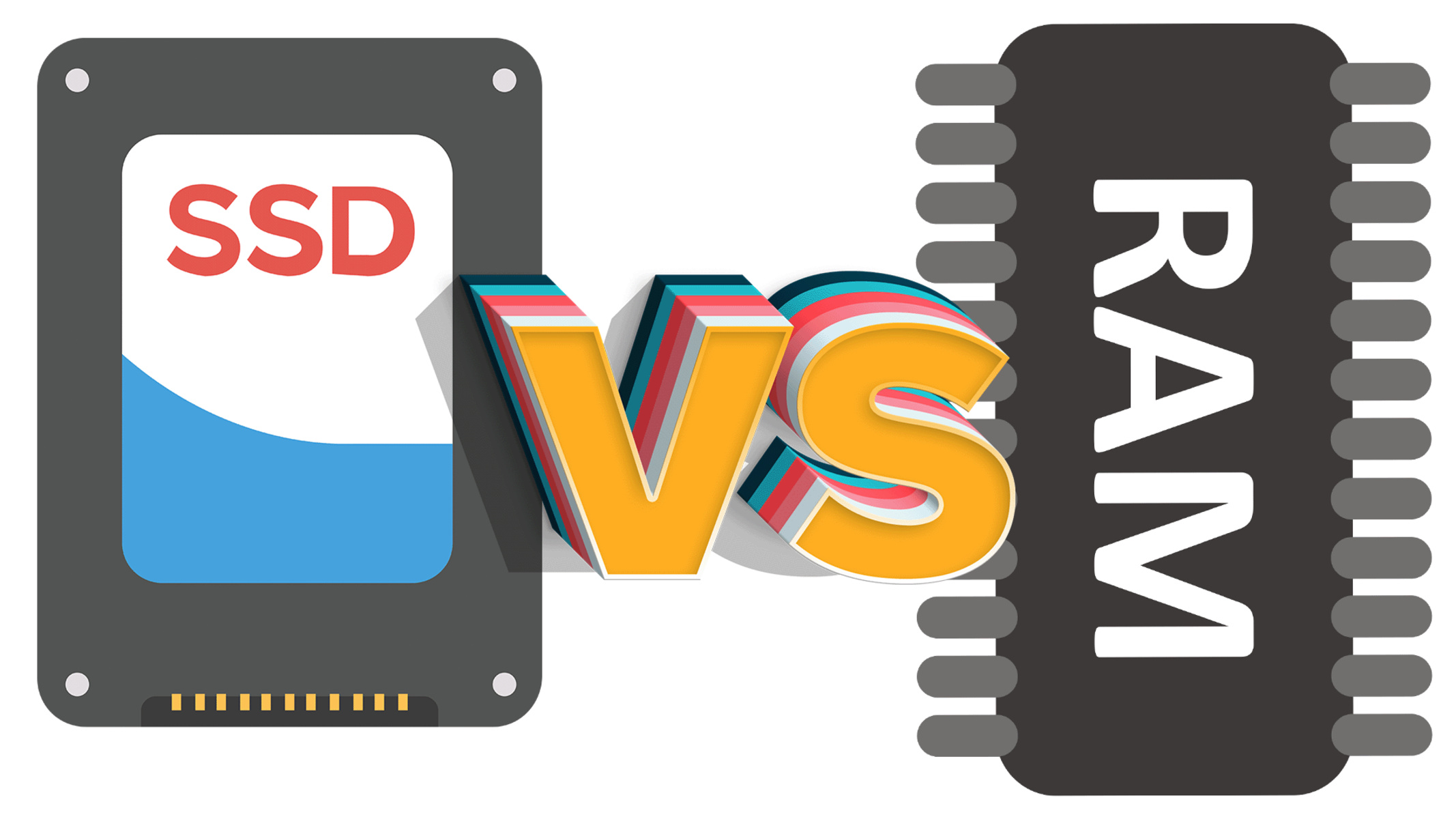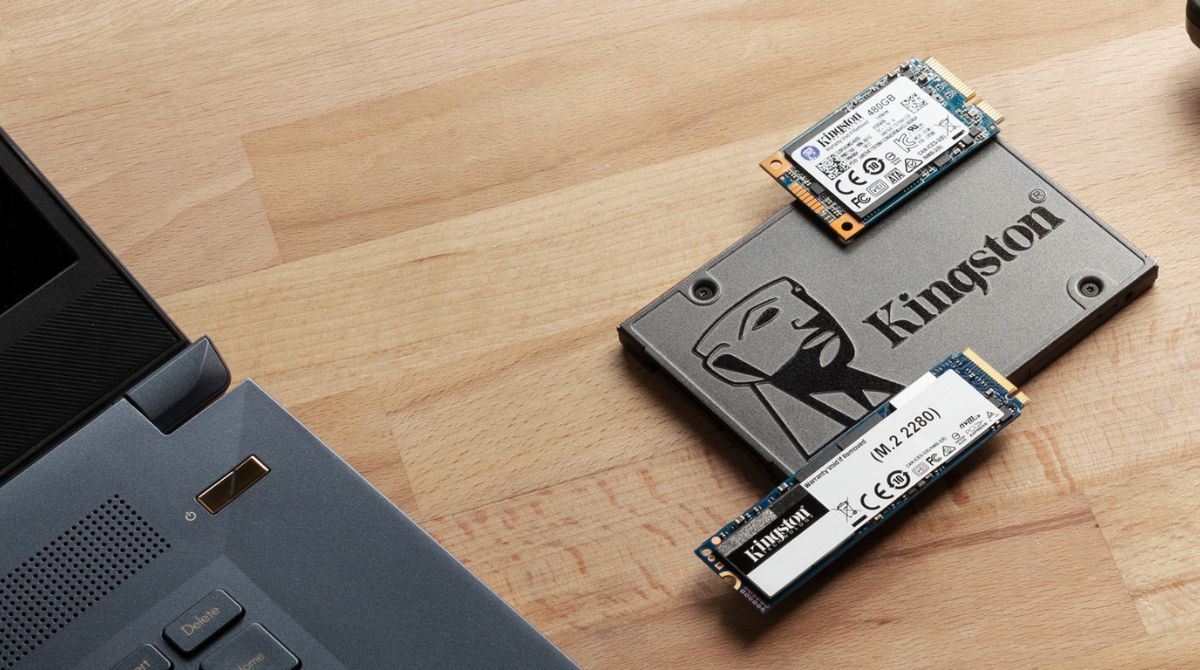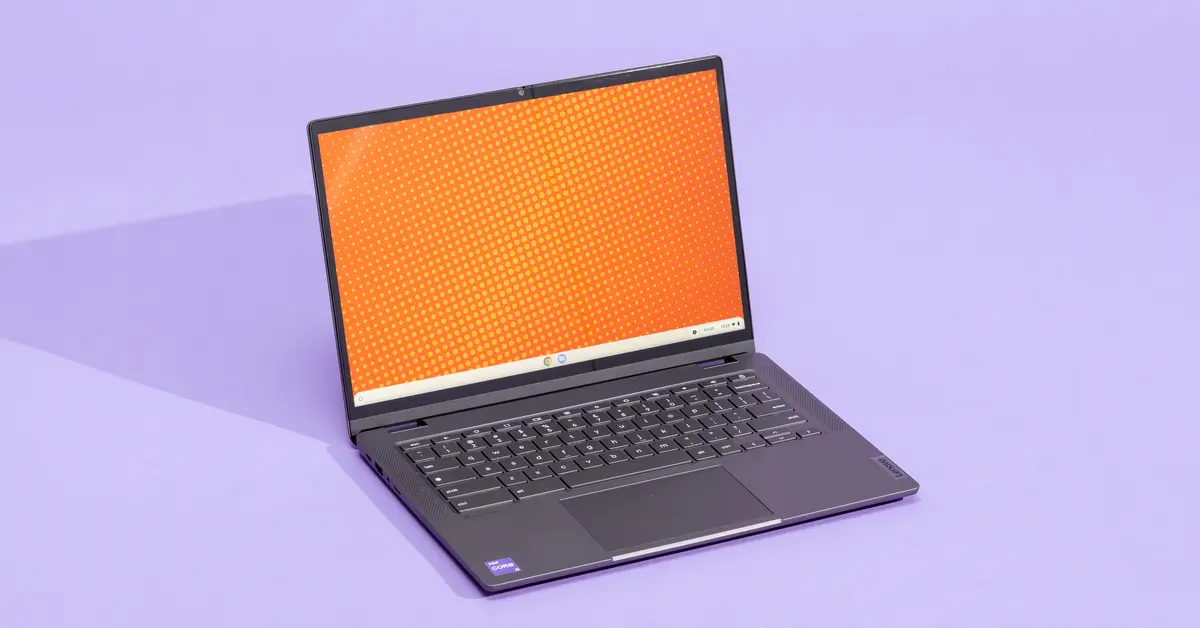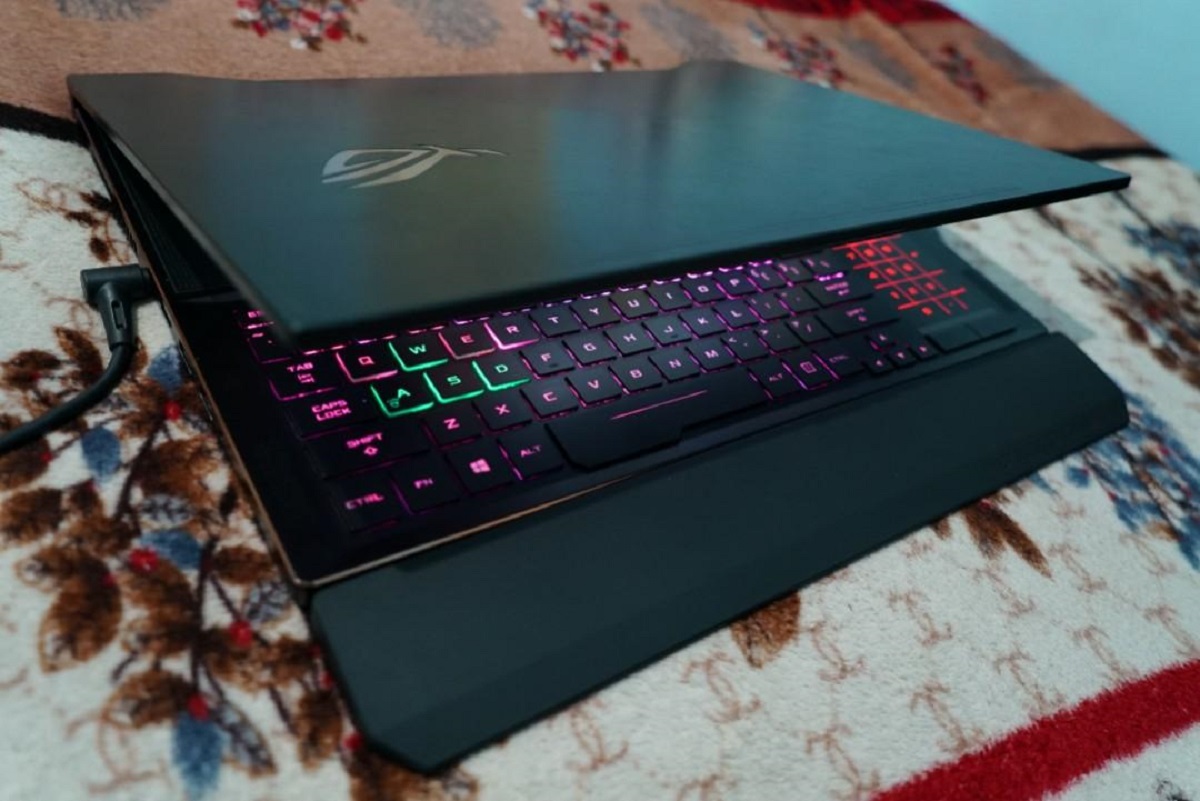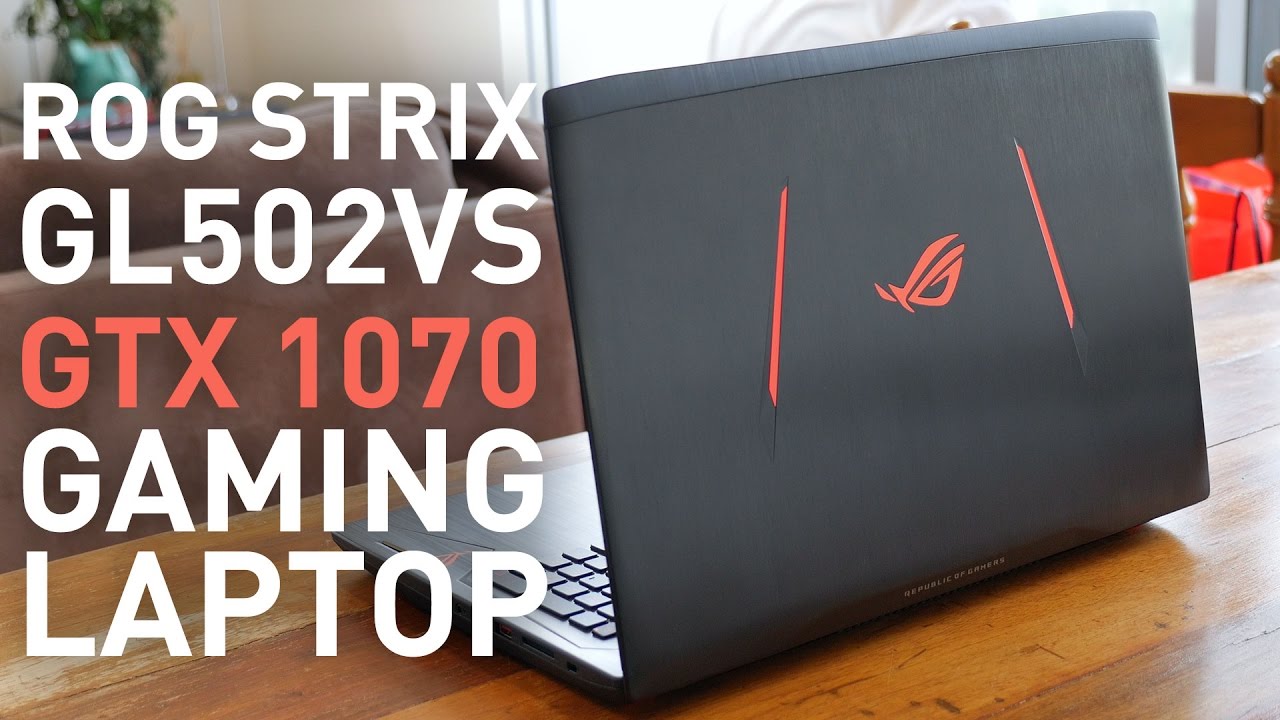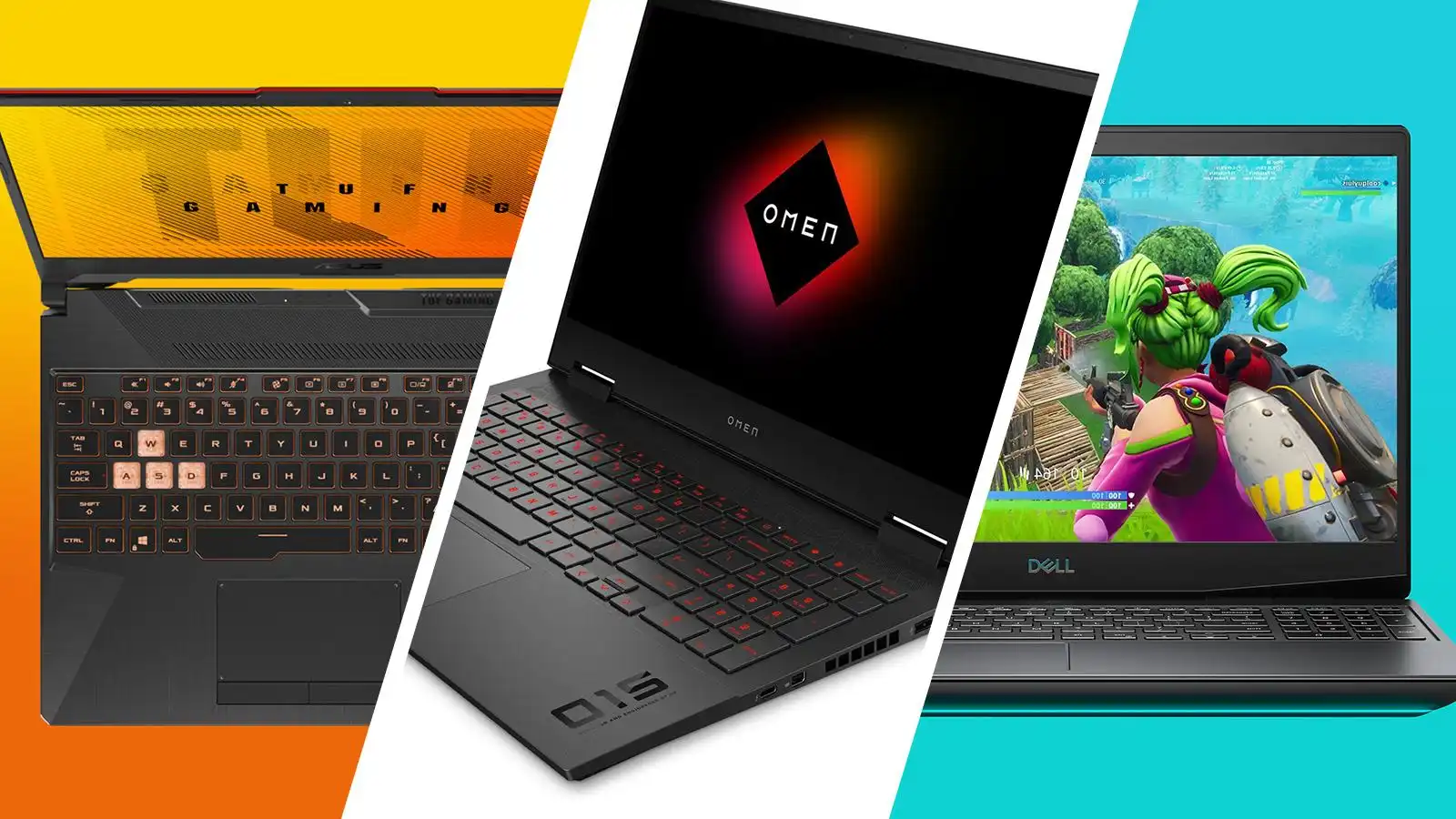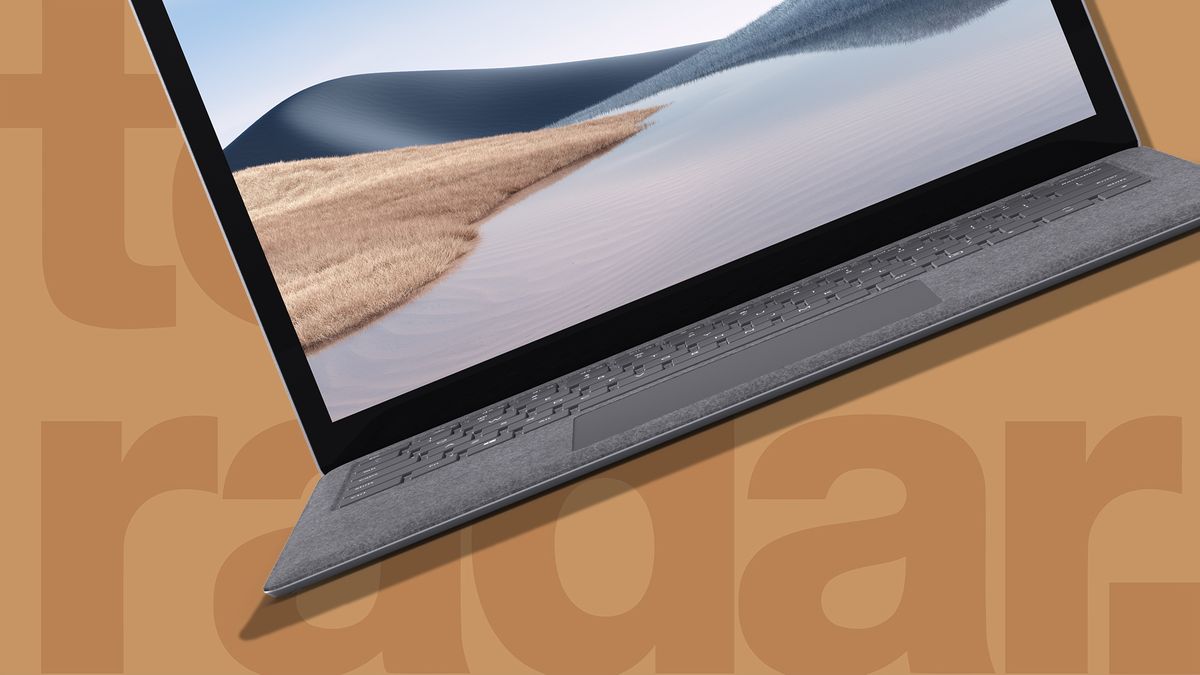Introduction
When it comes to improving computer performance, upgrading hardware is often necessary. However, with so many options available, it can be challenging to determine which component is worth investing in. Two crucial components that greatly impact performance are RAM (Random Access Memory) and an SSD (Solid State Drive). Understanding the difference between these two components and their specific benefits can help you make a more informed decision.
RAM and an SSD serve different purposes in a computer system. RAM is temporary storage that allows your computer to quickly access and manipulate data while it is in use. It provides the necessary space for your operating system, applications, and files to run effectively. On the other hand, an SSD is a permanent storage device that stores data for the long term, replacing traditional hard drives.
In this article, we will explore the differences between RAM and an SSD and discuss the benefits that each component brings to the table. By the end, you will have a better understanding of whether upgrading your RAM or investing in an SSD would be more beneficial for your specific needs and computer setup.
What is RAM?
RAM, or Random Access Memory, plays a critical role in the performance of your computer. It is a type of volatile memory that stores data that the computer is currently using, allowing for quick retrieval and manipulation. Unlike the storage capacity of your hard drive or SSD, RAM is much faster but also temporary. When you turn off your computer, the data stored in RAM is lost.
Think of RAM as a workspace for your computer. When you open an application or file, it gets loaded into RAM, where the processor can access it quickly. The more RAM you have, the more applications and files you can have open simultaneously without experiencing noticeable slowdowns. This is especially important for tasks that require a significant amount of memory, such as video editing, gaming, running virtual machines, and multitasking.
RAM capacity is measured in gigabytes (GB) and is typically expandable, allowing you to add more modules to increase the total amount. Most computers come with a certain amount of RAM installed, but you can easily upgrade it by purchasing additional RAM modules compatible with your system’s specifications.
It is essential to note that increasing the amount of RAM will not directly improve your computer’s processing speed but rather the multitasking capabilities and overall responsiveness. If your computer frequently becomes sluggish when running multiple applications or you often encounter slowdowns, upgrading your RAM can significantly enhance performance.
What is an SSD?
An SSD, or Solid State Drive, is a type of storage device that offers faster data access and better performance compared to traditional hard drives. Unlike hard drives, which use spinning disks and mechanical components for data storage, SSDs utilize flash memory chips to store data electronically. This technology allows for faster read and write speeds, leading to quicker boot times, application launches, and file transfers.
One of the key advantages of an SSD is its ability to access data quickly and efficiently. With no moving parts to contend with, SSDs can provide near-instantaneous access to stored information, resulting in significantly reduced loading times for applications and files. This makes SSDs particularly beneficial for tasks that involve large amounts of data, such as video editing, graphic design, and gaming.
In addition to speedy performance, SSDs also tend to be more reliable than traditional hard drives. Because SSDs lack mechanical components, they are less susceptible to physical damage from drops or vibrations. This makes them a more reliable choice for portable devices like laptops. SSDs also have lower power consumption, generating less heat and optimizing battery life.
SSDs come in various form factors, including 2.5-inch drives for desktops and laptops, M.2 drives for ultrabooks and compact systems, and PCIe/NVMe drives for high-speed data transfer in high-performance systems. They are available in different storage capacities, ranging from 120GB to several terabytes, allowing you to choose the right size to meet your specific needs.
Upgrading from a traditional hard drive to an SSD can drastically improve your computer’s overall performance and responsiveness. By reducing loading times, accessing data quickly, and enhancing system reliability, an SSD can make your computing experience smoother and more efficient.
Differences between RAM and SSD
RAM and SSD are both important components of a computer system, but they have distinct roles and characteristics. Understanding their differences is crucial in determining which component to prioritize when it comes to upgrading your system.
Function: RAM, or Random Access Memory, primarily serves as temporary storage for data that the computer is currently using. It provides quick access to data that the processor needs to perform tasks efficiently. On the other hand, an SSD, or Solid State Drive, is a permanent storage device used to store files, applications, and the operating system for the long term.
Speed: RAM is significantly faster than an SSD in terms of data access. It offers near-instantaneous read and write speeds, allowing the processor to quickly retrieve and manipulate data. In contrast, while SSDs are faster than traditional hard drives, they still lag behind RAM in terms of speed.
Volatile vs. Non-Volatile: RAM is volatile memory, meaning that its contents are lost when the computer is powered off. This is why you need to save your work before shutting down your computer. On the other hand, an SSD is non-volatile memory, meaning that the data stored on it remains even when the power is turned off.
Capacity: RAM comes in various capacities, typically ranging from 4GB to 32GB or more. The amount of RAM you have determines the number of applications and files you can have open simultaneously without experiencing performance issues. On the other hand, SSDs have larger storage capacities, ranging from 120GB to several terabytes, allowing you to store a vast amount of data and applications long-term.
Upgradeability: RAM is relatively easy to upgrade as it usually involves adding more RAM modules to the system. This allows you to increase the total amount of RAM available to your computer. On the other hand, upgrading an SSD may involve replacing the existing drive with a larger capacity one, which can be more complex and time-consuming.
Cost: RAM tends to be less expensive compared to SSDs of the same capacity. Upgrading your RAM can be a more cost-effective solution if you’re looking to improve multitasking capabilities and overall responsiveness. However, if you’re in need of additional storage capacity and faster file access times, an SSD becomes a more worthwhile investment.
In summary, RAM and SSD serve different purposes in a computer system. RAM provides temporary storage for data that the processor needs for efficient task performance, while an SSD offers permanent storage for long-term data and application storage. Understanding the differences between these two components can help you prioritize your upgrading decisions based on your specific requirements and budget.
Benefits of More RAM
Upgrading the amount of RAM in your computer can bring a multitude of benefits, enhancing its overall performance and responsiveness. Here are some key advantages of having more RAM:
- Improved Multitasking: More RAM allows your computer to handle multiple applications simultaneously without experiencing significant slowdowns. You can switch between tasks seamlessly, ensuring a smooth and efficient workflow. This is particularly beneficial for professionals who work with resource-intensive software like video editing or 3D rendering programs.
- Faster Application Loading Times: With more RAM, applications and files can be loaded into memory quickly, reducing the time it takes for them to open. This means faster startup times for your frequently used programs and quicker access to files and documents. You’ll spend less time waiting and more time being productive.
- Better Gaming Performance: Games often require a substantial amount of memory to run smoothly. With more RAM, your computer can store game assets, textures, and other data in memory, allowing for faster loading and seamless gameplay. You’ll experience fewer instances of lag or stuttering, providing a more immersive and enjoyable gaming experience.
- Enhanced System Responsiveness: More RAM helps to minimize system delays and freezes when switching between applications or performing memory-intensive tasks. Your computer will be more responsive, making for a more seamless and frustration-free computing experience.
- Virtual Machine Performance: If you use virtualization software to run multiple operating systems or create virtual environments, having more RAM is essential. It allows each virtual machine to have sufficient memory allocation, ensuring optimal performance and preventing bottlenecks.
- Future-Proofing Your System: As software and applications continue to evolve, their memory requirements tend to increase. By upgrading your RAM to a larger capacity, you’ll be better equipped to handle future updates and new software releases without needing to upgrade your hardware again in the near future.
These benefits highlight the importance of having sufficient RAM in your computer. Upgrading to more RAM can significantly improve multitasking capabilities, reduce application loading times, enhance gaming performance, and overall system responsiveness. By allocating more memory to important tasks, you’ll experience a smoother and more efficient computing experience.
Benefits of an SSD
Investing in an SSD (Solid State Drive) brings numerous benefits to your computer system, offering improved performance and an enhanced user experience. Here are some key advantages of using an SSD:
- Faster Boot Times: SSDs provide significantly faster boot times compared to traditional hard drives. With an SSD, your computer can start up quickly, allowing you to get to work or play without unnecessary delays. The quick boot time enables a more efficient and convenient computing experience.
- Rapid Application Launches: Opening applications becomes almost instantaneous with an SSD. Whether it’s a word processor, a photo editing tool, or a video game, you’ll experience shorter loading times, making it easier to jump right into your tasks or entertainment.
- Improved File Transfer Speeds: SSDs excel at quickly reading and writing data, resulting in faster file transfer speeds. Whether you’re copying large media files, backing up data, or transferring documents, an SSD ensures swift and efficient data transfers, saving you valuable time.
- Enhanced System Responsiveness: SSDs contribute to overall system responsiveness by reducing lag and delays. Tasks such as launching applications, searching for files, and operating system updates are noticeably faster and more efficient. Your computer will feel more snappy and responsive, enhancing your productivity and enjoyment.
- Low Power Consumption: SSDs consume less power compared to traditional hard drives. This results in lower energy consumption and longer battery life for laptops and portable devices. You can expect extended usage times before needing to recharge, making SSDs an excellent choice for users on the go.
- Improved Data Security and Reliability: Unlike traditional hard drives, SSDs have no moving parts, making them more resistant to physical shocks and vibrations. This increased durability reduces the risk of data loss due to accidental drops or impacts. SSDs also have lower failure rates, providing a more reliable storage solution for your important files and applications.
- No Noise: Traditional hard drives produce noise due to their spinning disks and moving mechanical parts. In contrast, SSDs operate silently since they have no moving parts. This absence of noise provides a quieter and more peaceful computing environment.
These benefits showcase the advantages of utilizing an SSD in your computer system. With faster boot times, rapid application launches, improved file transfer speeds, enhanced system responsiveness, reduced power consumption, improved data security, and no noise, an SSD significantly enhances your computing experience. Whether you’re a professional needing speedy performance or a casual user seeking convenience, an SSD offers clear advantages over traditional hard drives.
RAM vs. SSD: Which Should You Upgrade First?
When considering an upgrade to your computer system, the decision often boils down to whether you should prioritize upgrading your RAM (Random Access Memory) or investing in an SSD (Solid State Drive). Both components play crucial roles in enhancing performance, but determining which one to upgrade first depends on your specific needs and current hardware setup.
Upgrade Considerations:
1. Current Performance: Assess your computer’s current performance and identify the areas where you experience the most noticeable slowdowns. If you find that your computer struggles with multitasking, frequently swapping between applications, or generally feels sluggish, upgrading your RAM may provide a significant improvement. On the other hand, if loading times for applications and file transfers are your primary concern, an SSD upgrade might be more beneficial.
2. Purpose of Usage: Consider how you primarily use your computer. If you work with resource-intensive applications like video editing software, 3D modeling programs, or virtual machines, upgrading your RAM can provide a substantial boost in performance. More RAM allows for smoother multitasking and better handling of memory-intensive tasks. Conversely, if you prioritize faster boot times, quicker application launches, and improved file transfer speeds, upgrading to an SSD can significantly enhance your overall user experience.
3. Budget: Evaluate your budget for upgrades. If you’re on a tight budget, upgrading your RAM may be a more cost-effective option. RAM modules are typically less expensive compared to SSDs of the same storage capacity. However, if you have more flexibility in your budget and require additional storage space, investing in an SSD can provide both improved performance and increased storage capacity.
4. System Compatibility: Consider your system’s compatibility with upgrades. Check the maximum RAM capacity that your motherboard supports and ensure that any additional RAM modules you purchase are compatible. For SSD upgrades, confirm that your system has the necessary connections (SATA or M.2) and space to accommodate the new SSD.
5. Future Upgradability: Take into account your plans for future upgrades. If you anticipate needing more storage space or higher performance in the long run, investing in an SSD as a primary upgrade may be a wise choice. This provides a solid foundation for future enhancements while still allowing for RAM upgrades later on if necessary.
Ultimately, the decision to upgrade your RAM or invest in an SSD first depends on your specific requirements and priorities. If you find yourself struggling with multitasking, memory-intensive tasks, or generally sluggish performance, upgrading your RAM can be a game-changer. On the other hand, if faster loading times, improved system responsiveness, and increased storage capacity are your main concerns, an SSD should be your top priority. You can’t go wrong with either upgrade, and in the ideal scenario, upgrading both components can provide the best overall performance enhancement for your computer system.
Conclusion
Upgrading your computer’s hardware is a great way to enhance performance and improve your overall computing experience. When it comes to prioritizing upgrades, deciding between upgrading your RAM or investing in an SSD can be a challenging decision. Understanding the benefits and differences of each component is key to making an informed choice.
If your computer struggles with multitasking, frequently swapping between applications, or feels sluggish in general, upgrading your RAM can provide a significant boost in performance. More RAM allows for smoother multitasking and better handling of memory-intensive tasks, making it ideal for professionals working with resource-intensive software.
On the other hand, if you prioritize faster boot times, quicker application launches, and improved file transfer speeds, investing in an SSD can greatly enhance your computing experience. With an SSD, you’ll experience near-instantaneous access to applications and files, resulting in improved system responsiveness and overall user satisfaction.
Consider your specific needs, budget, and future upgrade plans when making this decision. RAM upgrades are often more cost-effective and provide noticeable improvements for multitasking and memory-intensive tasks. SSD upgrades, on the other hand, provide faster speeds, better storage capacity, and improved overall system responsiveness.
In an ideal scenario, upgrading both your RAM and SSD can provide the best overall performance enhancement for your computer system. However, if you have to choose one, evaluate your requirements and prioritize your upgrade based on your specific needs and current hardware setup.
Remember, upgrading your computer’s hardware is an investment that can significantly improve your productivity and enjoyment. Whether you choose to upgrade your RAM, invest in an SSD, or both, you’ll be taking a step toward a faster, more efficient, and more responsive computer system.
So, assess your needs, consider your options, and make an informed decision to optimize your computer’s performance and elevate your computing experience.







